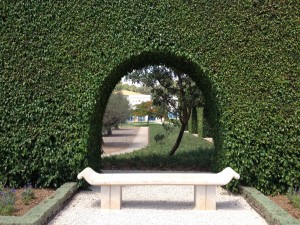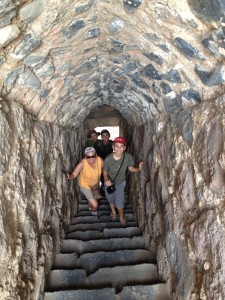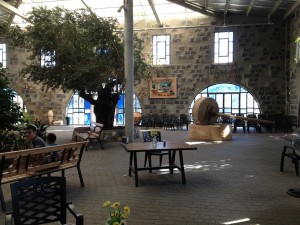
I just finished guiding an American family for the past two weeks, and we traveled all over Israel. We left out the Negev (south) because it is too hot in the middle of August, but beyond that, we pretty much hit the rest of the country and got at least a taste of all of its diverse regions. I designed the itinerary, and when planning an itinerary of this nature, the main guiding principle is going to be geography, i.e. we visit things that are close together on a single day, and move from region to region in logical sequence. In this case, we basically made a circular route, heading from the airport to Tel Aviv, then up the coast, across the Galilee to the Golan Heights and Kineret region, down the Jordan Valley to the Dead Sea, and then to Jerusalem and the Shefelah/Lowlands.
Of course, in designing such a tour, I also aim to present things that show various aspects of what this country has to offer. No one wants to spend two weeks seeing the same things over and over. But it wasn’t until I was on the tour with this family, a few days in, that it hit me just how diverse were the sites we were visiting. I know I’ve discussed Israel’s diversity before, but I was still impressed that we literally visited almost no sites that were redundant with each other.

More often, the sites weren’t redundant, but rather complemented each other, interlocking in a web of joined stories and facts. For example, the first site we visited was the Palmach Museum in Tel Aviv. About halfway through our journey, we slept at Nof Ginnosar on the Kineret/Sea of Galilee, and I happened to notice that the wooded area at the edge of the parking lot was actually where the Palmach originally formed! And then, our very last stop of the two weeks was at the Ayalon Institute, a secret underground bullet-making factory in the years just before the establishment of the State of Israel, which was reinforced with members of the Palmach.

If you’d like a taste of the diversity that we saw on this two-week adventure, here is an album of the photos that I took. And if you’d like me to take you on a tour of diverse sites in Israel, just send me an email to let me know when you’ll be arriving!
